14, April 2017
Nigeria marks 3 years since schoolgirls’ mass abduction 0
Nigerians on Friday marked three years since the mass abduction of nearly 300 schoolgirls by Boko Haram extremists amid anger that government efforts to negotiate their freedom appear to have stalled. Activists were expected to rally in the capital, Abuja, and commercial hub Lagos to urge President Muhammadu Buhari’s government to do more to free the nearly 200 schoolgirls who remain captive.
Nigeria in October announced the release of 21 of the Chibok schoolgirls after negotiations with the extremist group, and it said another group of 83 girls would be released “very soon.” No one has been freed since then. The government this week said negotiations have “gone quite far” but face challenges. It refused to give details, citing security reasons. The failure of Nigeria’s former government to free the girls sparked a global Bring Back Our Girls movement and was a factor in Buhari’s 2015 election win over former President Goodluck Jonathan.
The schoolgirls from Chibok village are among thousands of people abducted by the Nigeria-based Boko Haram as it continues to threaten parts of the northeast and has spread into neighboring countries. The Chibok abduction is not even the largest. Nigerian officials refuse to acknowledge the abduction of more than 500 children from the northeastern town of Damasak in November 2014, Human Rights Watch (HRW) said last month. Nigerian officials have not responded to requests by The Associated Press for information.
Buhari late last year announced that Boko Haram had been “crushed,” but it continues to carry out deadly suicide bombings, often strapping them to young women. Children have been used to carry out 27 attacks in the first three months of this year, already nearing last year’s total of 30, the UN children’s agency said this week.
On Wednesday, Nigerian security officials said they had thwarted plans by Daesh-linked Boko Haram members to attack the embassies of the United States and Britain, along with “other Western interests” in the capital. One faction of Boko Haram is allied with Daesh.
Nigeria’s military in the past year has rescued thousands of Boko Haram captives while liberating towns and villages from the group’s control, but many have been detained as possible Boko Haram suspects. Boko Haram’s seven-year uprising has killed more than 20,000 people and driven 2.6 million from their homes, with millions facing starvation because of the disruption in markets and agriculture.
Source Presstv










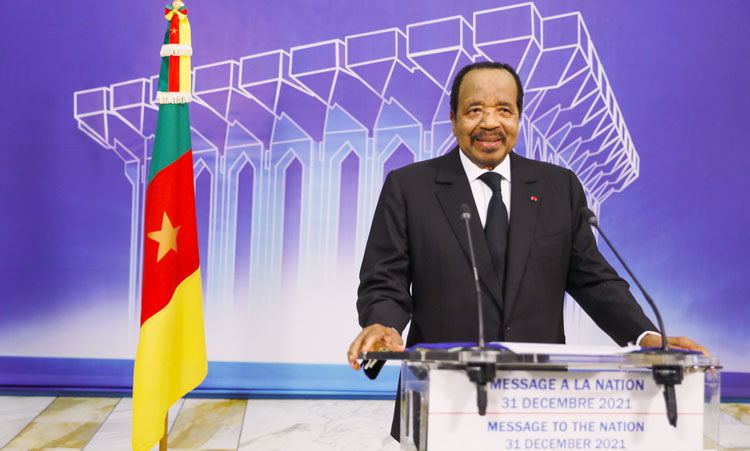
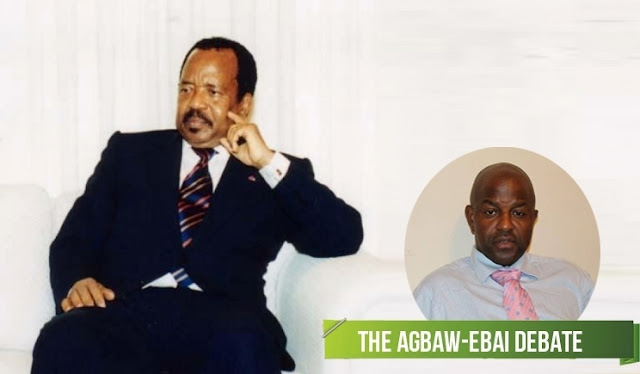
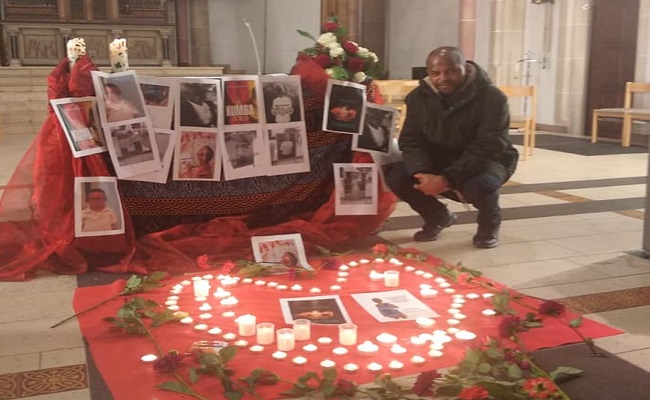

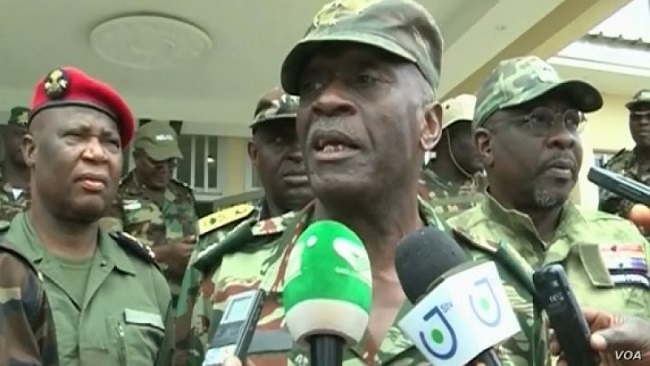

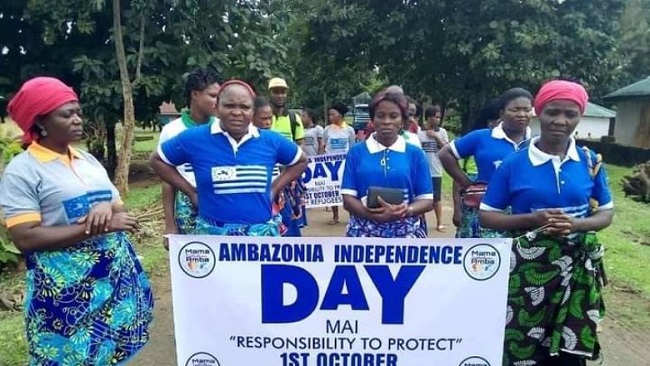
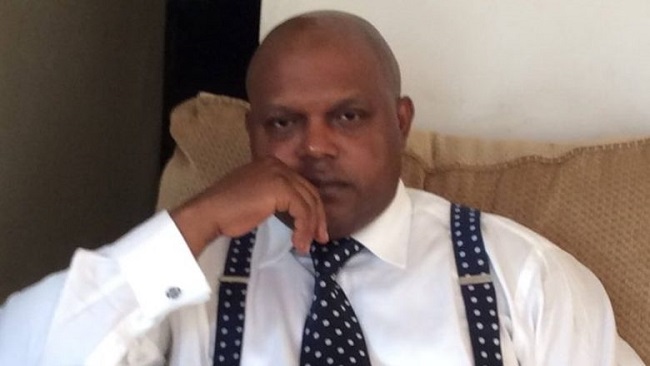
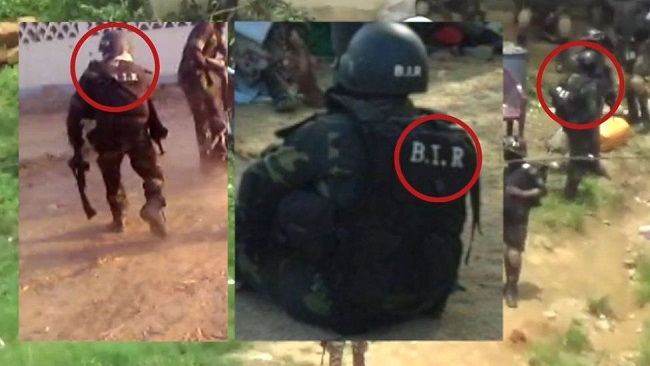








27, April 2017
Nigerian Air Force inducts new Mi-35 attack helicopters 0
The Nigerian Air Force has formally inducted into service the two new Mi-35M attack helicopters, out of 12 ordered from Russian Helicopters in September 2015. The two aircraft were introduced into service during the Nigerian Air Force’s (NAF’s) 53rd anniversary celebrations on 22 April in Makurdi. The ceremony was attended by Chief of Air Staff (CAS), Air Marshal Sadique Abubakar, and Minister of Defence, Mansur Mohammad Dan-Ali, who represented President and Commander -in-Chief Muhammadu Buhari.
The induction of the helicopters will enhance NAF’s operational effectiveness and capability in the fight against insurgency and other forms of criminalities in the country, the NAF said in a statement. The modern Mi-35M attack helicopter has night capabilities in comparison to the earlier version and also has higher performance, more endurance and it is fitted with glass cockpit to enhance situational awareness during operations.
Dan-Ali said successes recorded so far against Boko Haram were made possible through training and acquisition of platforms and equipment for the Armed Forces and other security agencies. “Training and the recent acquisition of brand new platforms and other supporting equipment for our armed forces including other security agencies were also intensified. This was in practical fulfilment of my promise to re-professionalise and adequately equip our military so they could effectively discharge their constitutional responsibilities. The successes recorded so far have restored our pride and honour in the comity of nations. I urge you to consolidate on the gains of air power towards sustaining the peace and stability we have attained so far,” he said.
Abubakar said the Mi-35Ms will “significantly boost the effectiveness and combat capability of the Nigerian Air Force, especially in the counter insurgency operations in the northeast. The president has also approved the acquisition of additional platforms which will soon be delivered to the Nigerian Air Force. Within the last 20 months or so the president’s support has helped to reposition the Nigerian Air Force into a professional and disciplined air force capable of timely employment of air power, in response to our national security challenges.”
During the NAF day celebration Abubakar also presented a ceremonial colour to the newly established Special Operations Command (SOC) and celebrated the awarding of pilot wings to six NAF pilots. Two of the pilots were trained at King Hussain Air College in Jordan and four at the International Helicopter Flying School in Enugu.
The previous day the NAF test fired locally made 30 mm rockets developed by its Research and Development team. They were fired from a vehicle during the Weapons Meet at Kwenev Air Range. F-7Ni fighters fired rockets and cannon during the demonstration as well. Other aircraft that took part included A109 helicopters, L-39ZA and Alpha Jet trainers.
In his speech on 22 April Abubakar highlighted the active participation of the NAF in various peacekeeping operations especially the recent Operation Restore Democarcy in Gambia which saw NAF as the only air force undertake a combat deployment to Gambia.
Other activities during the closing ceremony were aerial and static displays of various NAF platforms and hardware as well as a colourful ceremonial parade. L-39ZAs fitted with rocket pods and cannon were displayed, as well as the indigenous Gulma unmanned aerial vehicle (UAV).
The Nigerian Air Force is expecting to take delivery of the remaining 12 Mi-35Ms by the end of 2018. The first two arrived in Nigeria in December 2016. The Mi-35M is powered by two Klimov VK-2500 turbo-shaft engines. It has an updated navigation and avionics suite which features multi-function coloured displays and target sighting systems, including a thermal imager and laser rangefinder. Apart from the attack role, the Mi-35M can be used for landing or transporting up to 8 fully-equipped soldiers.
Source: Defenseweb